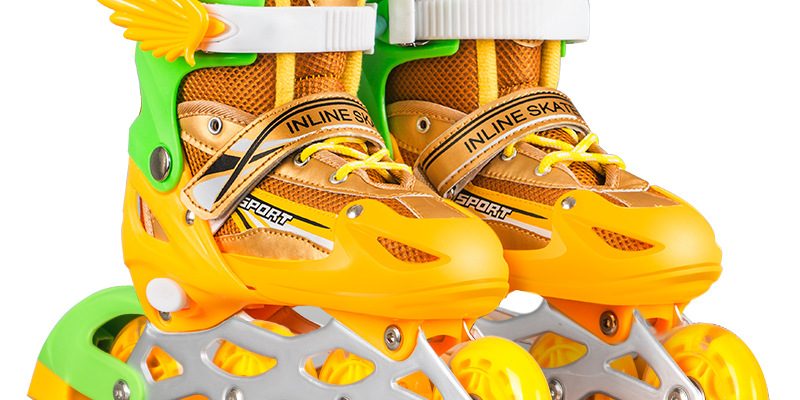Introduction: Inline skating is a product of engineering and innovation, with modern inline skates designed to optimize performance and comfort. In this blog, we’ll explore the anatomy of a high-performance inline skate, dissecting its components, materials, and design elements that contribute to its superior performance on various skating surfaces.
- Boot Design and Materials: Explain the importance of boot design and materials, such as high-quality plastics or carbon fibers, that provide a balance between support, flexibility, and weight reduction.
- Frame Technology: Discuss the role of frames in inline skates, including materials like aluminum or carbon, and their designs for optimal power transfer and maneuverability.
- Wheel Composition and Durometer: Explore how wheel composition, including polyurethane or hybrid materials, and durometer (hardness) ratings affect skating performance, stability, and shock absorption.
- Bearing Quality and Precision: Highlight the significance of bearing quality and precision in inline skates, as high-performance bearings provide smoother and faster gliding.
- Closure Systems: Examine different closure systems, such as laces, buckles, and BOA systems, and their impact on fit, support, and ease of use.
Conclusion: High-performance inline skates are a result of engineering excellence, with each component carefully designed to optimize performance and enhance the skater’s experience. From boot materials and frame technology to wheel composition, bearing quality, and closure systems, the anatomy of a high-performance skate reflects the dedication to providing skaters with the best possible skating experience on various surfaces and in different skating disciplines.








